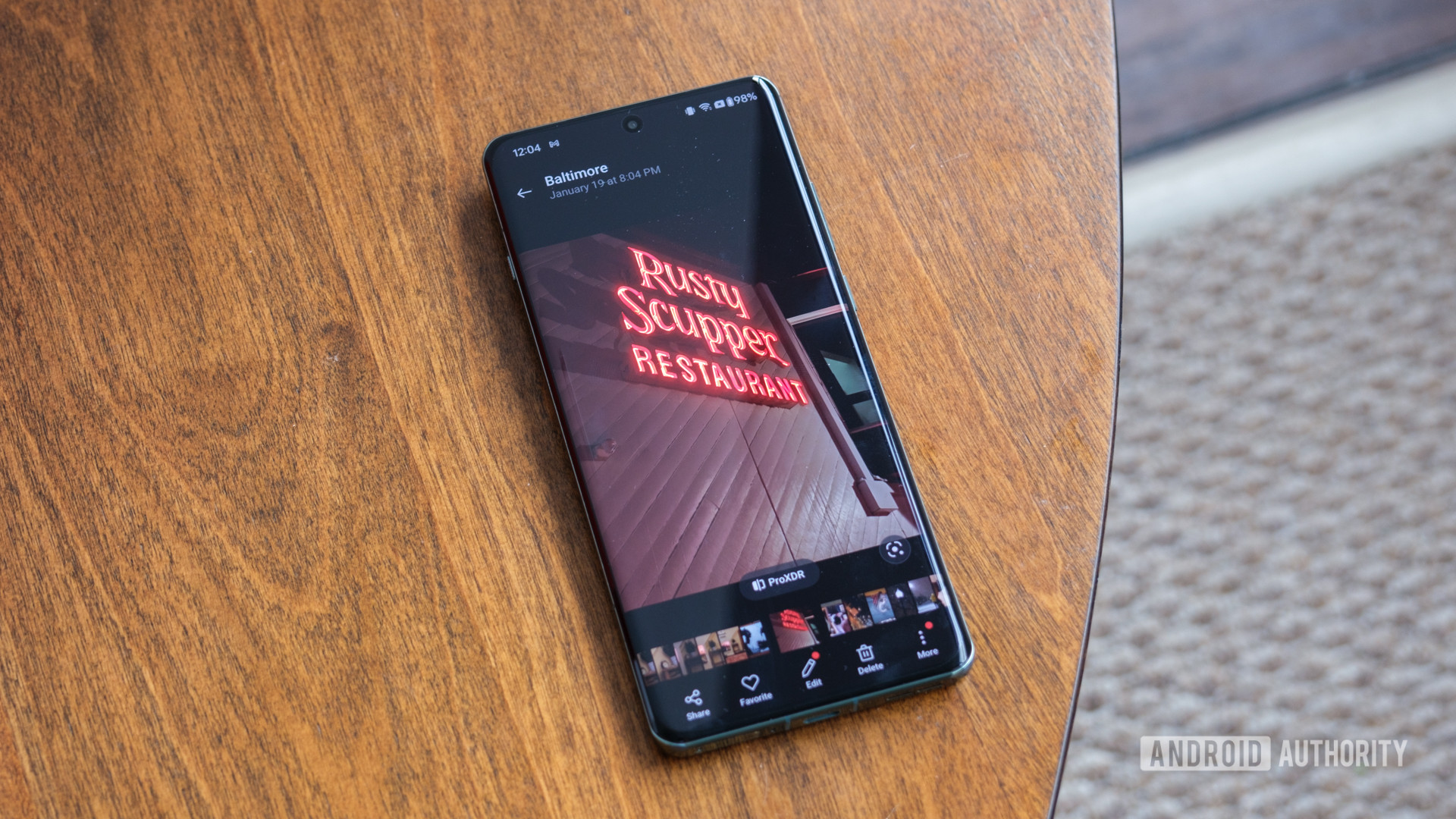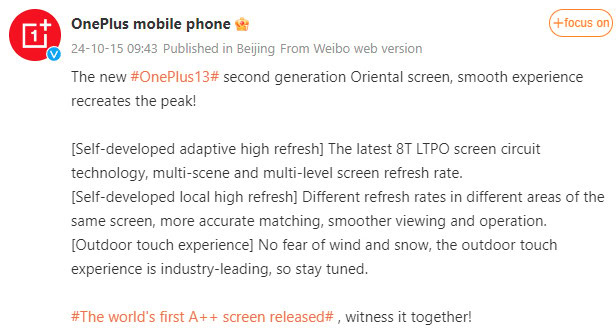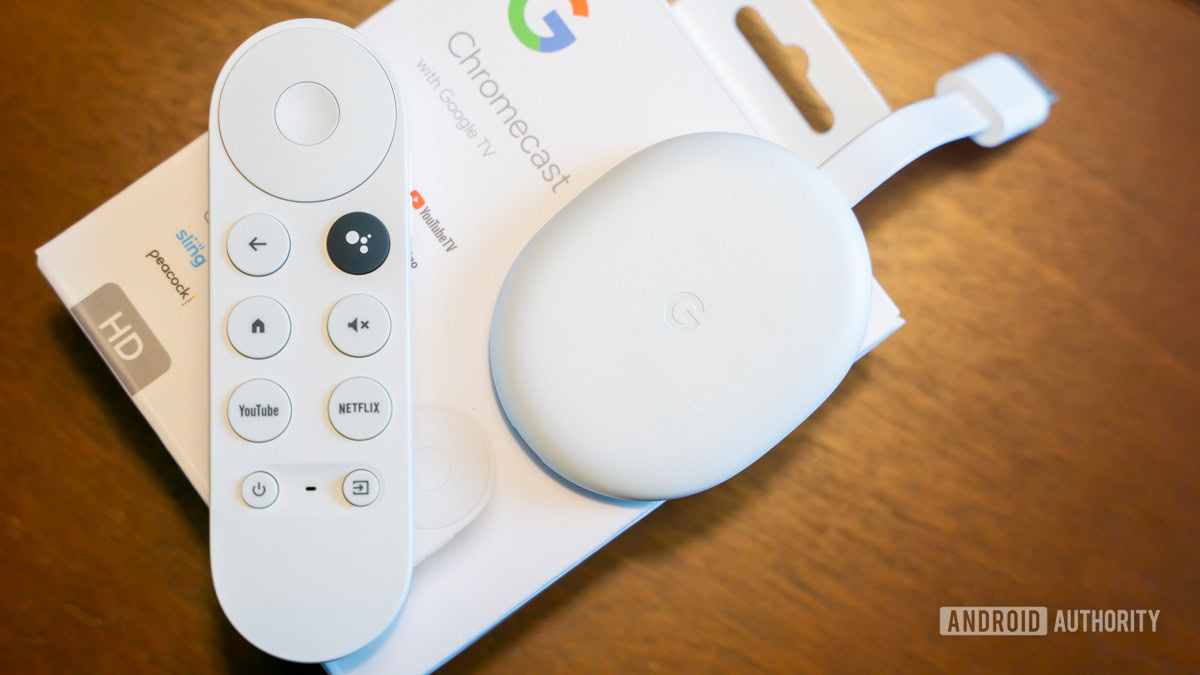
Ryan Haines / Android Authority
TL;DR
- OnePlus has revealed that the OnePlus 13 supports a local high refresh rate feature.
- This will allow different areas of the screen to run at different refresh rates.
- This function should make for a more efficient screen, resulting in longer battery life.
OnePlus has just issued more details about the OnePlus 13 screen as part of an event in China with display supplier BOE. The two companies made a number of claims about the phone screen, but one cool feature caught our eye and we hope rival brands adopt it.
OnePlus confirmed that the OnePlus 13’s screen supports a local high refresh rate feature. That is, different areas of the same screen can run at different refresh rates.

That’s a major upgrade over current smartphone screens. Other phone displays can run at a variety of refresh rates, but the refresh rate applies to the entire screen. So why would you want varying refresh rates for different parts of the screen?
Why is this OnePlus 13 feature a big deal?
Being able to run only the necessary areas of the screen at a higher refresh rate would help eke out more juice as a high refresh rate consumes more power. This could be handy if you’re watching a YouTube video, with the UI/comments running at a low refresh rate while the video itself runs at a higher refresh rate. This could also be useful if you’re reading an article in a browser, with the webpage offering a higher refresh rate for smoother scrolling while the browser toolbar runs at a lower refresh rate.
A local high refresh rate feature could be particularly useful for running apps in a split-screen view. So if you’re reading a Kindle book in one window and browsing the web in the other window, the Kindle window could run at a much lower refresh rate (e.g. 1Hz, 10Hz) while the browser window runs at 60 or 120Hz. Right now, apps running in split-screen have to run at the same refresh rate, potentially consuming extra power.
This isn’t the only new screen feature coming to the OnePlus 13, as the company also claimed this screen is a so-called “sun display.” The Chinese brand said the OnePlus 13 display delivers more accurate colors and better visibility under the sun compared to rival devices.
Nevertheless, the phone’s local refresh rate feature could be a sign of things to come in 2025 if it delivers plenty of power savings. This would be especially handy on Fold-style foldables owing to the emphasis on split-screen multitasking. In fact, Samsung first patented this tech back in 2022, so don’t be surprised if a future Galaxy phone offers it.
Got a tip? Talk to us! Email our staff at [email protected]. You can stay anonymous or get credit for the info, it's your choice.






 English (US) ·
English (US) ·